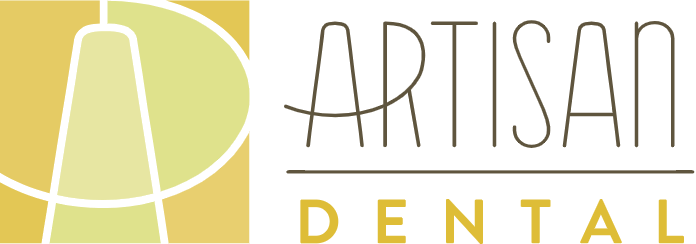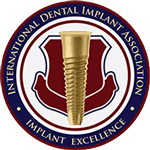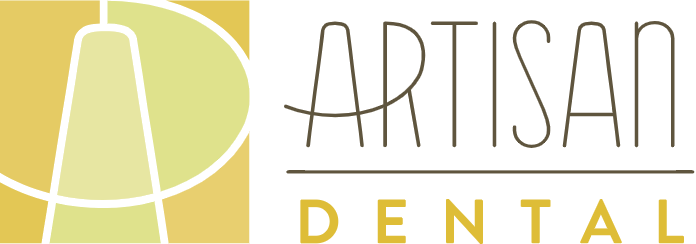Ask the Dentist – Do I have to wear retainers forever? What types of retainers are there?
-by Dr Shruthi Dayal
Unfortunately, teeth rarely stay in the same position over time. It used to be suggested that you only had to wear a retainer for a short period of time. Over time, research and experience has shown that teeth have the potential to relapse forever. If you want to maintain your straight teeth or prevent further shifting your dentist may recommend a retainer.
There are three main types of retainers.
- a removable hawley wire retainer
- a removable clear plastic retainer (trutain)
- a fixed wire retainer
Each type of retainer has advantages and disadvantages.
The hawley retainer used to be the standard of care and is an older, more traditional style of retainer. The advantages of this type of retainer is that they are very durable and last a long time. They don’t crack or break easily because they don’t cover the biting surface of teeth. They don’t interfere with the bite and allow your upper and lower teeth to touch naturally. The disadvantages of a hawley retainer is that they cover the roof of the mouth which can feel bulky and uncomfortable. They have a metal wire which is noticeable on the outside of the teeth. They also don’t cover the biting surface of the teeth, so you don’t have protection from grinding.
The trutain retainer is the most popular and most recommended type of retainer. The advantages of a trutain retainer is that they are nearly invisible, they protect against teeth grinding, and if slight movement happens they can shift the teeth back into position. The disadvantages of this type of retainer is they aren’t as durable as they can crack and wear through especially for patients that clench and grind their teeth. On average they have a lifespan of two years, so they need to be replaced more often. Also because they are invisible they are easily lost or misplaced.
The last type of retainer is a fixed wire retainer. Many people have these put in place as teenagers as it is the best way to ensure teeth don’t move after orthodontic treatment since it doesn’t rely on patient compliance. They are most commonly used to hold the lower front teeth in position. The advantages of this retainer is that they have good longevity, they are continuously holding the position of teeth that relapse quickly, and they are very comfortable. The disadvantage of a fixed wire is that they are hard to keep clean and attract more buildup which can cause gum inflammation leading to bone loss. The wire doesn’t hold the position of the back teeth, and it doesn’t protect against teeth grinding.
Every patient is different so your dentist can discuss and customize the best retainer option for you. A retainer is an important part of keeping your smile looking beautiful throughout the years!














